So many people choose their footwear with fashion in mind over function. The outcome almost always ends up being the same - discomfort, foot pain, and if left unchecked, long-term foot health issues.
If you’re tired of feeling like your toes are being smashed together every time you slip your shoes on, or like the sides of your feet are being pushed inward, it’s time to make a change. We’ll show you how to relieve foot pain from tight shoes below so you can feel better fast.
There are many remedies you can try, from massaging your feet to indulging in a nice warm foot soak, using ice, elevating your feet, and more. Ultimately, though, you need to get rid of the shoes that are causing you grief in the first place.
Don’t worry - footwear designed to protect and enhance your foot health is just a few clicks away. Our barefoot shoes are flexible enough to move with your foot rather than restrict it, and the ultra-wide toe box ensures you never have to worry about bunions or blisters again.
Browse our barefoot shoes for men, barefoot shoes for women, or barefoot shoes for kids and feel the difference for yourself today!
Can Tight Shoes Cause Foot Pain?
First thing first - can tight shoes cause foot pain? Absolutely! Unfortunately, this is all too common as footwear trends have moved more and more towards a tapered look. Let’s look at the way these shoes impact the anatomy of your feet and what exactly is causing the discomfort.
How Tight Shoes Affect Foot Anatomy
Tight shoes alter the natural alignment and movement of the foot, leading to a cascade of short and long-term health issues. The foot can’t function properly when it’s squeezed into a shoe and not given ample room to move around.
The toes may be forced into unnatural positions, leading to deformities such as bunions or hammertoes. Tight shoes also restrict blood flow and can compress nerves, leading to numbness and tingling sensations.
The lack of space in tight shoes prevents the foot from expanding as it naturally does when weight is applied. This can cause the foot's arch to collapse, leading to a range of problems from plantar fasciitis to metatarsalgia.
Moreover, pressure on metatarsal bones (the long bones in the foot) can lead to pain and inflammation, making it hard to walk or stand for extended periods without serious discomfort.
Common Types of Foot Pain From Tight Shoes
When people say their feet hurt from tight shoes, it’s usually one of a few specific ailments they’re dealing with:
Blisters and Calluses
Blisters form when the skin rubs against the interior of the shoes over and over again, causing fluid to accumulate between layers of skin. Tight shoes often rub against the same spot on the foot, particularly around the heels, toes, and sides.
Calluses are similar, but their own issue entirely. These develop as the skin thickens in response to constant pressure or friction. While they’re less painful than blisters, calluses can become hard and uncomfortable, especially when they form on weight-bearing areas of the foot.
Bunions and Corns
A bunion is a bony bump that forms on the joint at the base of the big toe. When the toe is repeatedly pushed inward due to narrow or tight footwear, it causes the joint to protrude, leading to pain and inflammation.
This can make walking painful and can even require surgical intervention over time. This begs the question, are barefoot shoes food for bunions? Absolutely! More on that later.
Corns, on the other hand, form on the top of the toes or between them where the skin rubs against the shoe. They can be very painful if not treated, especially if the pressure continues.
Numbness and Tingling
Your shoes squeezing your feet can put pressure on nerves, leading to a tingling sensation often referred to as “pins and needles”. Sometimes, it can develop into complete numbness in certain areas of the foot.
If you simply continue to deal with the pressure and discomfort, it can lead to more serious nerve damage, resulting in chronic pain or loss of sensation.
Other Long-Term Issues With Wearing Tight Shoes
All things considered, learning how to relieve foot pain from tight shoes is so important. But we haven’t even talked about the more serious long-term effects of wearing overly tight shoes yet!
Chronic Foot Deformities
When the foot is consistently compressed, it can force bones and joints into unnatural positions, resulting in deformities like hammertoes or claw toes. This is the result of the toes being bent downward due to prolonged pressure, causing them to become permanently fixed in a curved position.
This can lead to significant discomfort over time, difficulty walking, and a loss of mobility. By the time these issues develop it’s too late. You’ll need to look into orthotics, physical therapy, or even surgery.
Impact on Overall Posture and Gait
You might not realize it, but your feet actually influence whole-body wellness. They serve as the foundation of your posture. That means if they’re improperly aligned due to ill-fitting shoes, it forces the rest of your body to compensate.
This can lead to posture imbalances, such as tilting the pelvis or curving the spine unnaturally. Overcompensating will strain the knees, hips, and lower back over time.
A restricted gait caused by tight shoes can alter the natural movement of your legs as well, leading to inefficient walking patterns and increased fatigue.
These changes in posture and gait can become ingrained habits, making them difficult to correct even after the footwear is changed. This is especially important for athletes, but even those who just enjoy a good hike from time to time will be affected.
Long-Term Nerve Damage
Eventually, tight shoes can contribute to neuropathy - a more chronic nerve condition. This is characterized as a loss of sensation, chronic pain, or even a burning sensation in severe cases.
Beyond the immediate discomfort, long-term nerve damage can affect your balance and coordination, increasing the risk of falls and further injuries.
Don’t worry, though. You don’t have to stress about any of these issues because we’re going to show you not just how to relieve foot pain from tight shoes, but how to preserve and enhance your long-term foot health.
How to Relieve Foot Pain From Tight Shoes
Foot pain after wearing tight shoes is incredibly common, which is why the key takeaway from this conversation is that you need to replace them with shoes that fit better. There’s no way to “avoid” tight shoes foot pain.
That being said, here are some of our top tips on how to relieve foot pain from tight shoes in the meantime while you look for a suitable replacement.
Removing Shoes and Elevating Feet
The first step to relieve foot pain from tight shoes is to remove the shoes and elevate your feet. Elevation reduces swelling and improves blood circulation, which can alleviate some of the pain and discomfort caused by constriction.
Simply lying down and placing your feet on a pillow or a raised surface for 15-20 minutes can reduce the pressure and give your feet a much-needed break.
Applying Ice Packs
If you feel that your feet are very inflamed and sore, ice packs can help numb the pain and reduce swelling further. Apply an ice pack or a cold compress to the affected areas for about 15-20 minutes.
This constricts blood vessels providing temporary relief from the throbbing pain. Be sure to wrap the ice pack in a cloth to prevent frostbite or skin irritation.
Massage and Stretching Exercises
There’s nothing quite like a foot massage when you’ve been on your feet all day - especially after wearing tight shoes. Focus on the arches, the ball of the foot, and the toes, applying firm but gentle pressure to ease muscle soreness.
You could follow up the deep tissue work with some stretching. Try flexing and pointing your toes or rolling a tennis/lacrosse ball under your foot to stretch out tight muscles and tendons. These movements will restore circulation, relieve muscle tightness, and improve flexibility.
Warm Soaks and Epsom Salt Baths
Soaking your feet in warm water with Epsom salt will help relax muscles and reduce stiffness, swelling, and inflammation. We suggest 20-30 minutes to maximize the benefits. This is one of the best ways to unwind after a long day in uncomfortable footwear.
Anti-inflammatory Medications
For extreme foot pain that isn’t getting better through our tips above, consider NSAIDs - or non-steroidal anti-inflammatories. Ibuprofen or aspirin can further help reduce pain and inflammation caused by tight shoes.
Just be cautious about using these. They should be your last resort given the fact that overuse can ultimately cause more harm than good. Don’t become reliant on them. Instead, choose better shoes!
Choosing Better Footwear
It’s clear that the root cause of your foot pain is tight shoes - so, why would you continue to put up with them? You deserve better!
Look for shoes with a wide toe box, ample cushioning, and materials that allow your feet to breathe and move naturally. Shoes with adjustable straps or laces are also beneficial, as they allow for a customizable fit.
However, the best type of shoes for those who feel like their feet are constantly being cramped is a barefoot style. These can accommodate the natural shape of your feet to help prevent the discomfort and long-term damage associated with tight shoes.
Wait, what are barefoot shoes exactly? If you’re just now hearing about them for the first time, we suggest reading our comparison of barefoot shoes vs regular shoes.
Essentially, this type of footwear is a return to basics. The design concept falls under the belief that less is more, as all the artificial supports of modern footwear are stripped away and your feet are left to strengthen on their own.
That means no elevated heel, a wide toe box, and ultra-thin soles. The end result is your feet have to work harder, which can be uncomfortable at first. In the end, though, you’ll be better off for it after developing a stronger arch and stronger muscles in the feet and ankles.
However, not all barefoot shoes are created equal. Whether you’re looking for the best barefoot shoes for lifting, the best kids barefoot shoes, or anything in between, your search ends at Hike Footwear.
Put Tight Shoes Foot Pain in the Past With Hike Footwear!
If you’re ready to put tight shoes foot pain behind you once and for all, look no further than our slip-resistant barefoot shoes here at Hike Footwear. We developed our shoes with the help of podiatrists and orthopedic experts to make sure we didn’t overlook a single detail.
The hallmark of our shoes is the ultra-thin, flexible sole that allows your foot to move as nature intended it. You’re as close to the ground as possible while still getting protection from the elements, enhancing your ground proprioception for a more comfortable walking gait.
We’ve also included a zero heel-to-toe drop, which in turn supports better movement patterns as well. The biggest reason these are the #1 choice for avoiding tight shoes foot pain, though, is the ultra-wide toe box. This allows your toes to spread out and grip the ground in every step.
You’ll also love the light, breathable materials on the uppers that don’t place pressure on your foot. With more than 1,450,000 lives improved through our footwear thus far, we’re confident you’ll find relief in these shoes as well.
No matter what style you’re looking for, you can reap the barefoot shoes benefits at Hike Footwear. We have winter barefoot shoes and barefoot boots to protect you from the cold weather, or barefoot hiking shoes for your next adventure. You can find barefoot shoes for lifting, barefoot shoes for work, casual barefoot shoes, high top barefoot shoes, and more.
Be aware that transitioning to barefoot shoes can be jarring if you’re used to the artificial supports of modern footwear. We have a guide to help you set out on the right foot, along with advice on how to walk in barefoot shoes, whether or not you should wear socks with barefoot shoes, and more. Take the first step towards better foot health today!
Gradual Stretching of Tight Shoes
Maybe you have a pair of shoes you love and you’re still not quite willing to part ways with them. If they’re just a bit too tight, you can try to stretch them out a bit.
This is necessary for new shoes oftentimes, and it’s known as the break-in period. You can use a shoe stretcher, which is designed to gently expand the width and length of shoes, or try wearing thick socks and walking around in the shoes at home.
Another method we’ve seen used is placing a bag of water inside the shoes and freezing them overnight, allowing the expanding ice to stretch the material slightly. Be careful, as this works best with natural materials like leather and may not be suitable for all types of footwear.
Ultimately, though, most places you can buy shoes from these days have hassle-free return policies. You’re better off exchanging the shoe for the proper size and avoiding potentially doing more harm than good to the footwear.
So, read our guide to proper barefoot shoes sizing and order your pair if you haven’t already. Whether you’re looking for the best toddler barefoot shoes or adult varieties, we’ve got you covered!
Closing Thoughts on Tight Shoes Foot Pain
Foot pain from tight shoes is more than just uncomfortable - it can lead to serious long-term issues like foot deformities, nerve damage, and posture problems. Fortunately, you know how to relieve foot pain from tight shoes now.
Immediate relief can be found through simple steps like removing shoes, applying ice, and massaging the feet. However, the best way to prevent pain and protect your foot health is by choosing footwear that fits well and supports natural movement.
Find more resources in our blog such as why are barefoot shoes so expensive, are barefoot shoes good for lifting, are barefoot shoes good for plantar fascitis, and more.
Whether you’re looking for shoes for neuropathy or shoes for bunions, plantar fasciitis shoes, shoes for arthritis, or simply shoes that don’t squeeze your feet and cause discomfort, remember that Hike Footwear is the #1 choice online.
So, invest in quality shoes today to experience true comfort and lasting foot health!
![[HIKE Orthopedic Soles - Black]](http://hike-footwear.com/cdn/shop/files/1_2e178206-1e1d-4da7-a519-e25a543f86d7_{width}x{height}.png?v=1755498413)




































































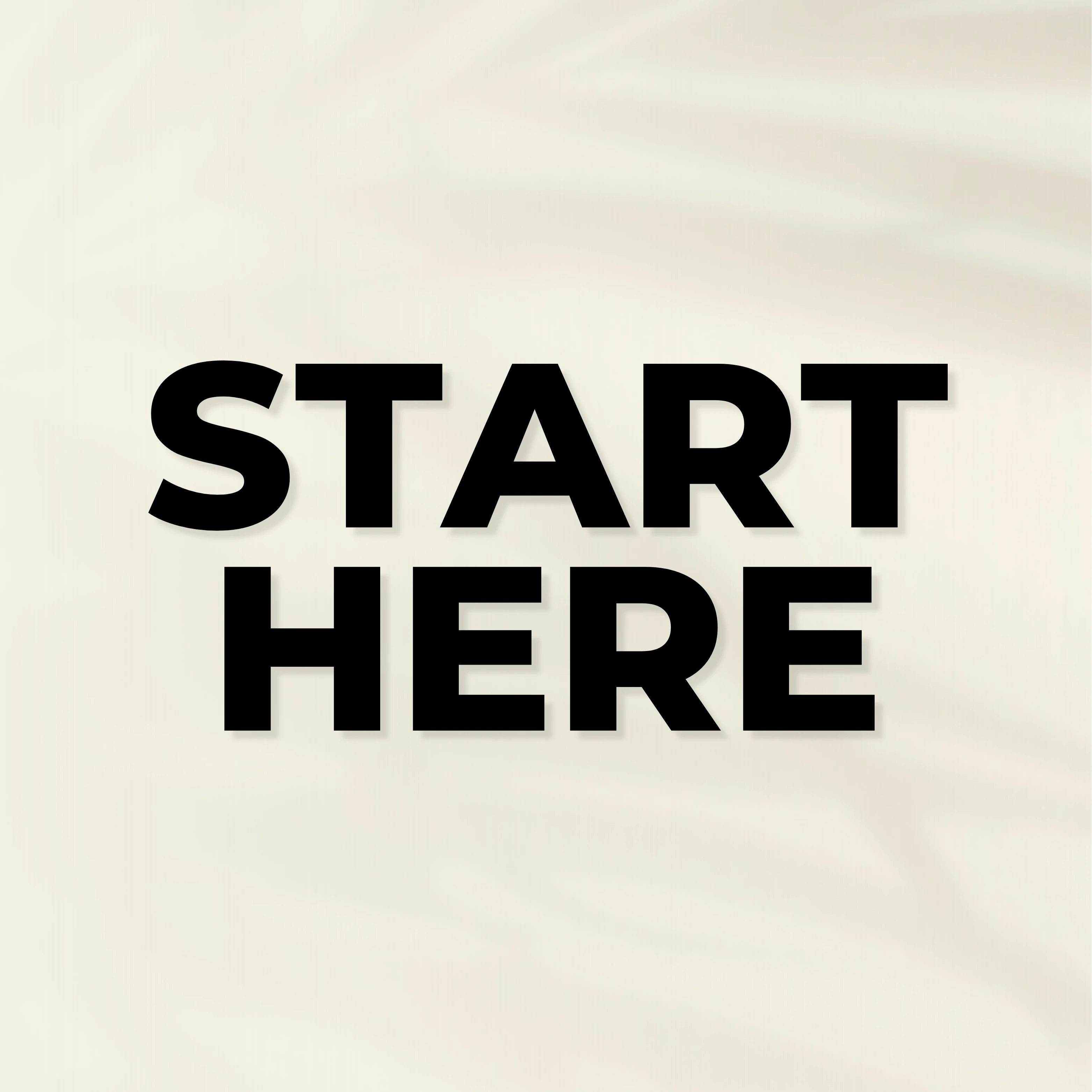

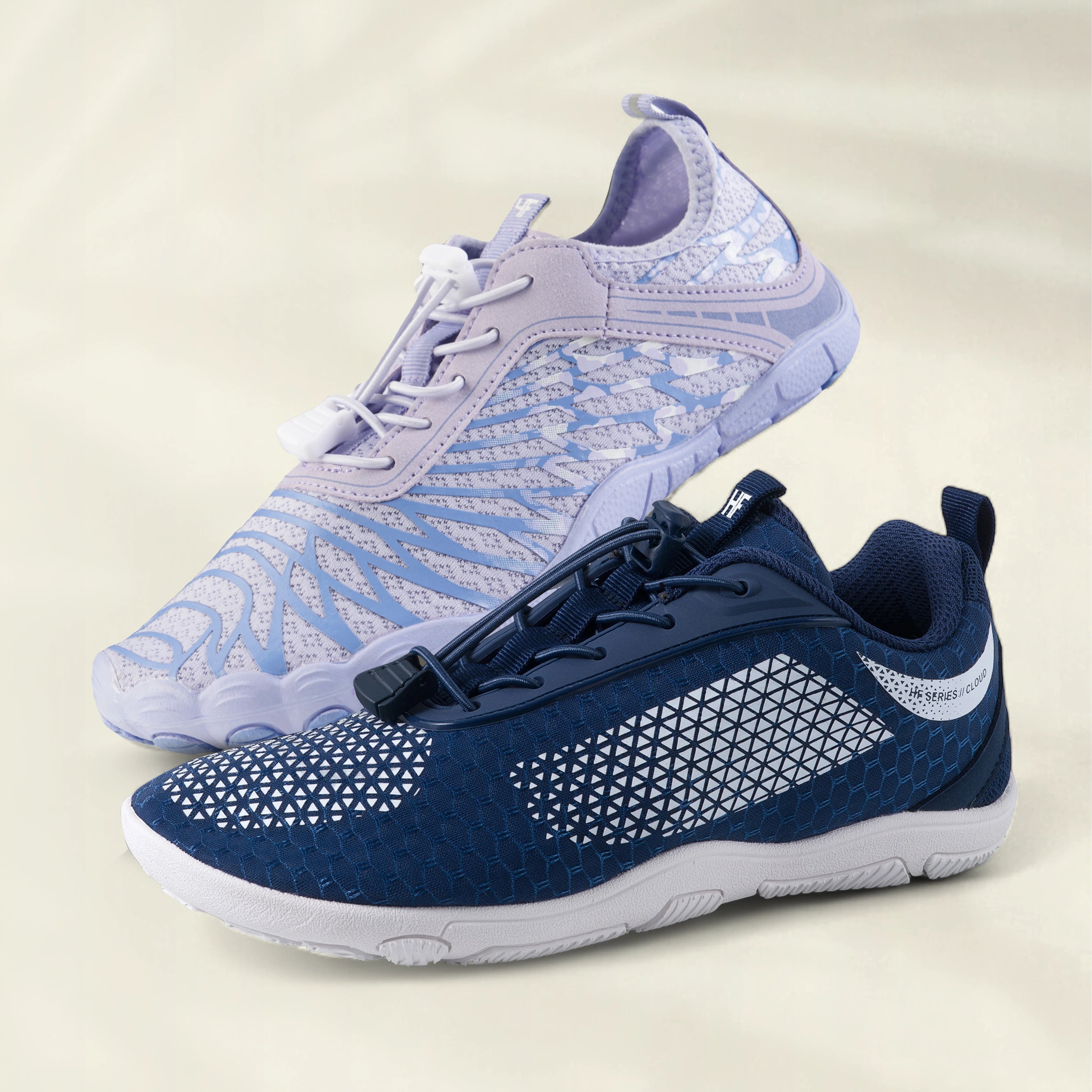

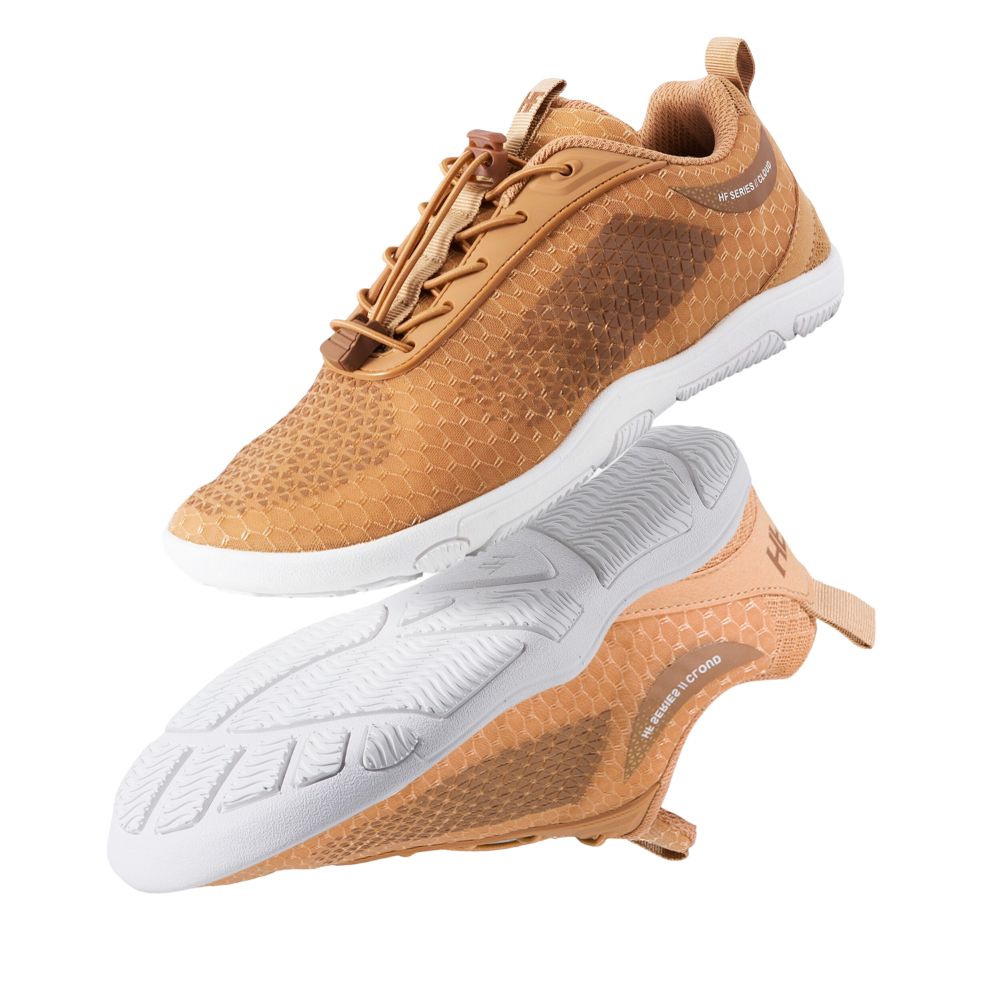
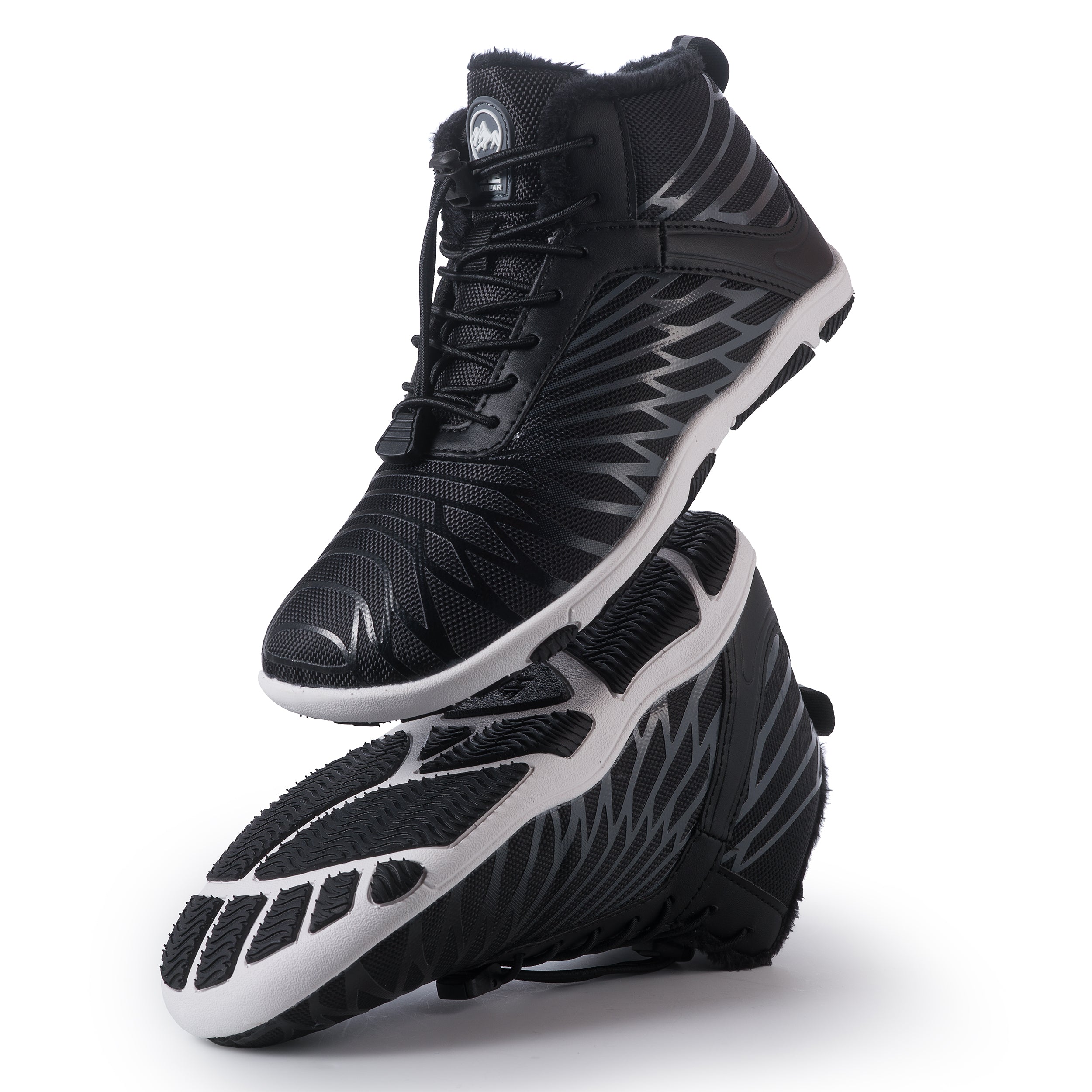
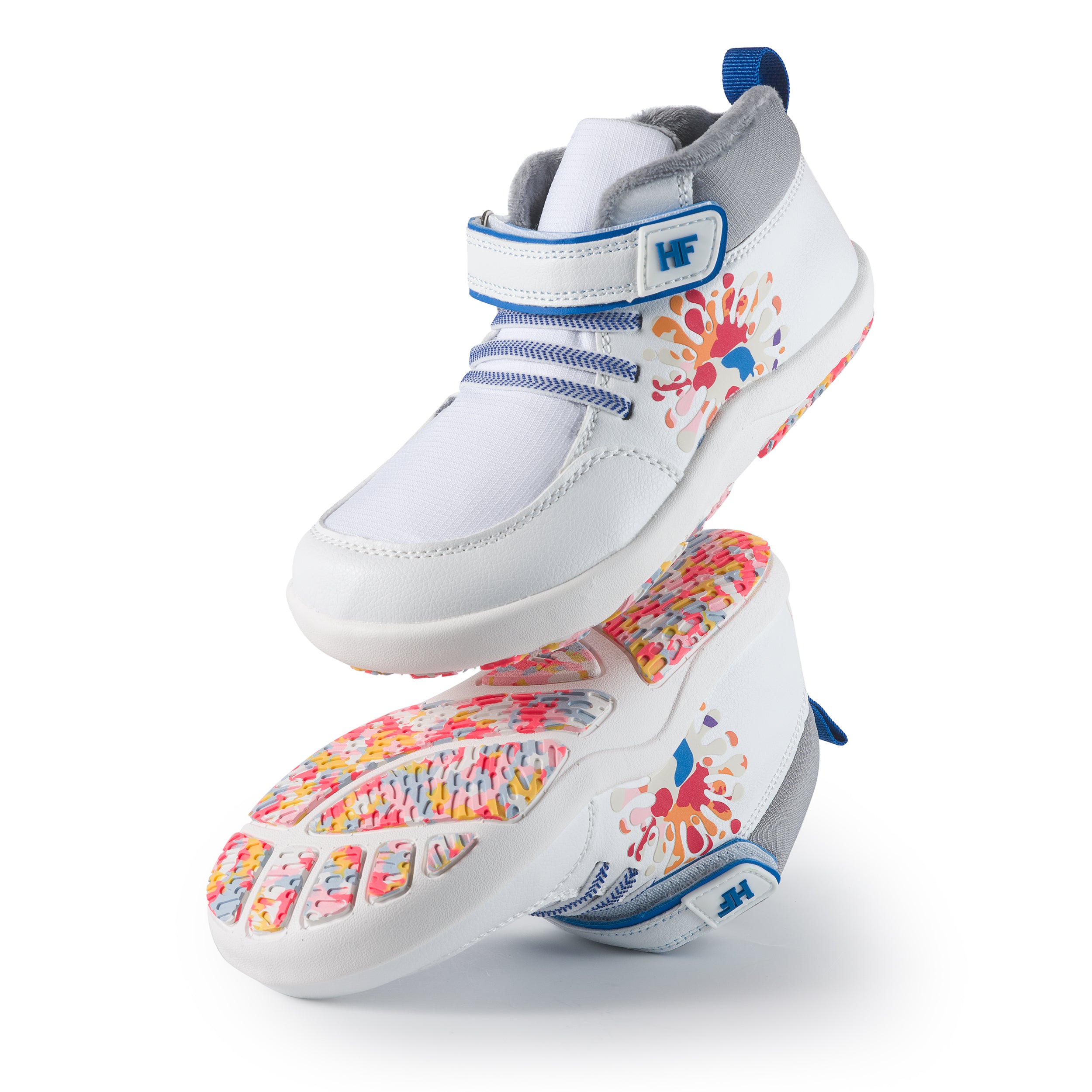
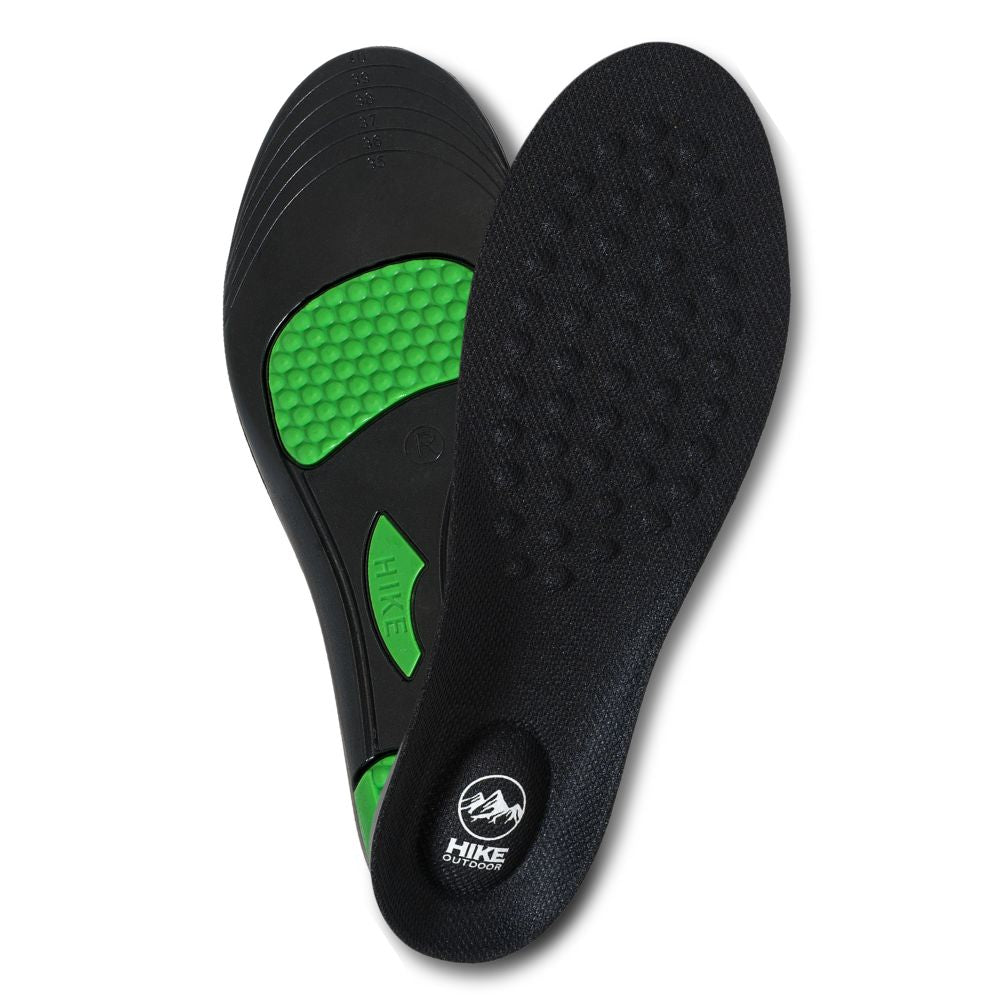
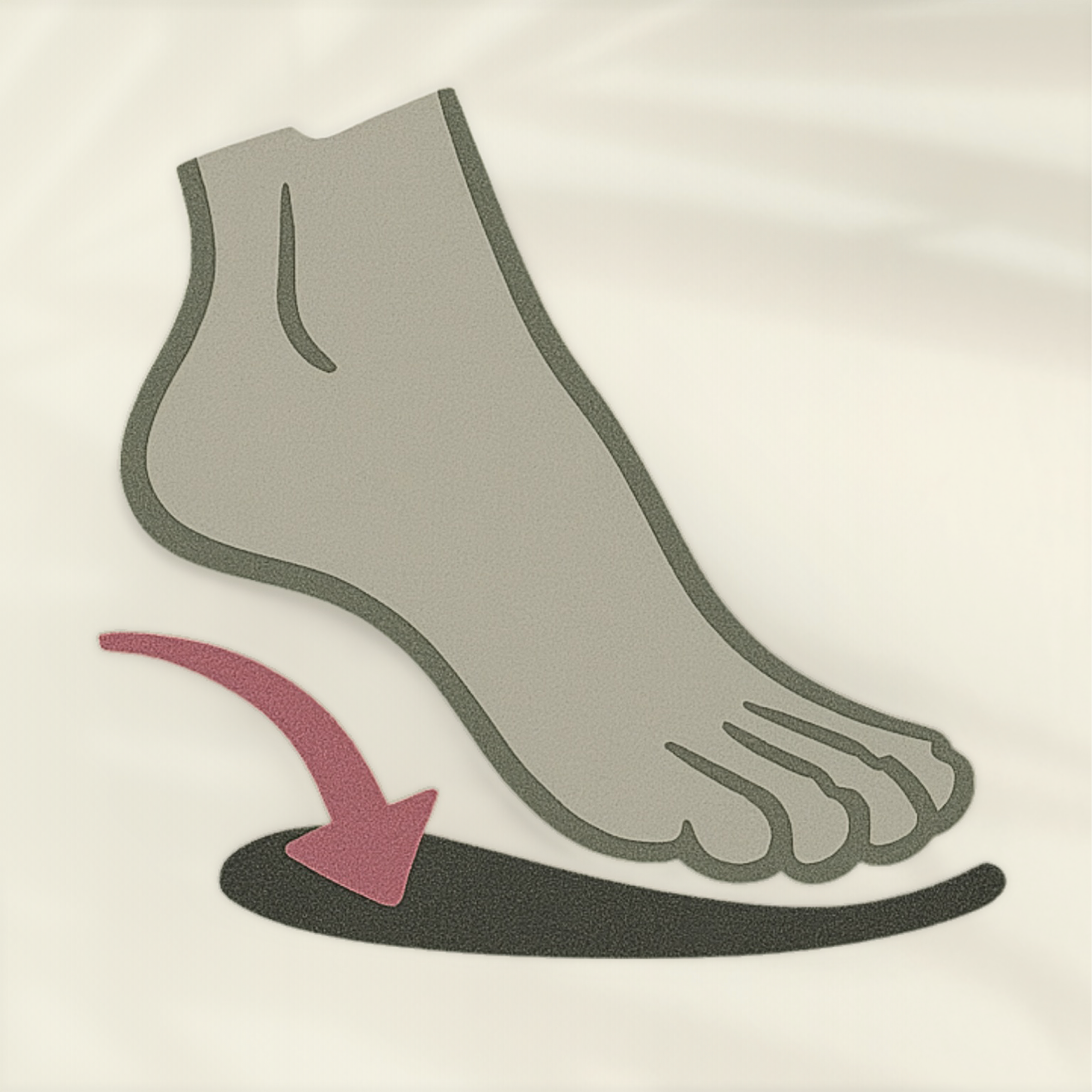


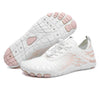
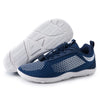
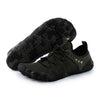
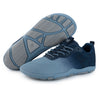

![[Lorax Pro - White / Pink]](http://hike-footwear.com/cdn/shop/files/Lorax-Pro-White-Google_{width}x{height}.webp?v=1763018793)
![[HF Stride - Beige]](http://hike-footwear.com/cdn/shop/files/Brown_c47b827d-957d-4bab-9646-bf1c66f5f5a8_{width}x{height}.webp?v=1762197951)
![[HF Cloud - Blue]](http://hike-footwear.com/cdn/shop/files/HF_Cloud_4c927657-c3a5-4cec-900e-25d909ec2b4b_{width}x{height}.webp?v=1762197937)
![[HF Shade - Sea Blue]](http://hike-footwear.com/cdn/shop/files/HF_Shade_Blue_{width}x{height}.webp?v=1759134417)